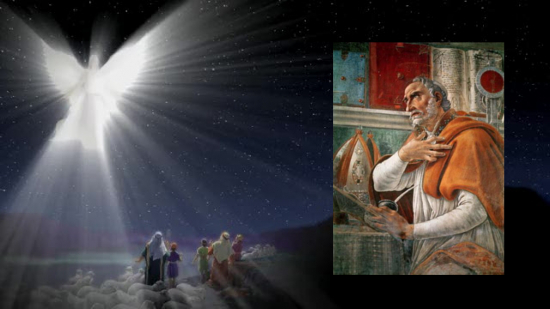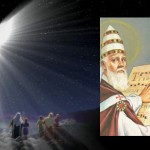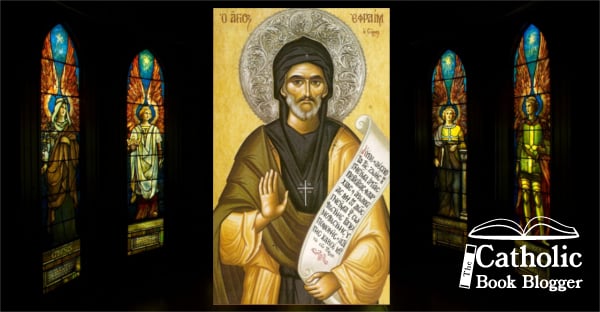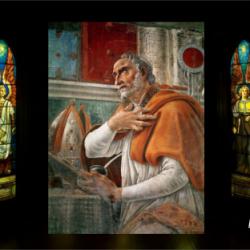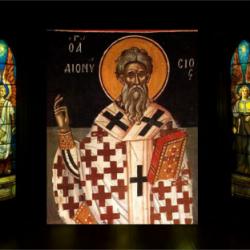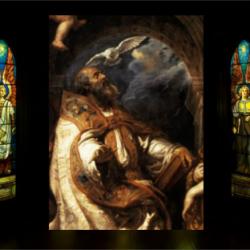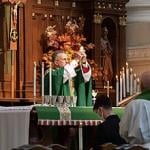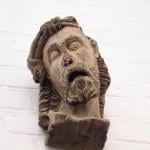When Jacob saw his vision of angels on a ladder to Heaven, he was resting his head on a stone. That stone, says St. Augustine, is symbolically Christ.
The patriarch Jacob had placed a stone at his head: sleeping with that stone at his head, he saw Heaven opened, and a ladder from Heaven to Earth, and angels ascending and descending; after this vision he awoke, anointed the stone, and departed (Gen. 28:11-18).
In that stone he understood Christ; for that reason he anointed it. Notice how Christ is preached here. What is the meaning of that anointing of a stone, especially in the case of the patriarchs who worshiped only one God? It was done as a figurative act—and then he departed. He did not anoint the stone, and come to worship there constantly, and to perform sacrifice there. It was the expression of a mystery; not the beginning of sacrilege.
And notice the meaning of the stone. “The stone which the builders rejected has become the head of the corner” (Ps. 118:22; see Matt. 21:42). Notice here a great mystery. The stone is Christ. Peter calls him “that living stone, rejected by men but in God’s sight chosen and precious” (1 Pet. 2:4). And the stone is set at the head, because Christ is the Head of the man (1 Cor. 11:3). And the stone was anointed, because Christ was called “Christ” from his being anointed. –St. Augustine, Exposition on Ps. 45, 18
IN GOD’S PRESENCE, CONSIDER . . .
Do I always place Christ at my head when I rest? What visions come to me when I go to bed? Are they visions of angels, or are they supplied by the competition?
CLOSING PRAYER
Lord, let me rest my head on you, and may my visions always be of the angels of Heaven.
_____________________________________________________________________________________________________________
Remember to subscribe to my feed so you will not miss a day! This recurring feature at The Catholic Blogger is possible through the cooperation of author Mike Aquilina and publisher Saint Benedict Press. To get your own copy of this book, click below.

